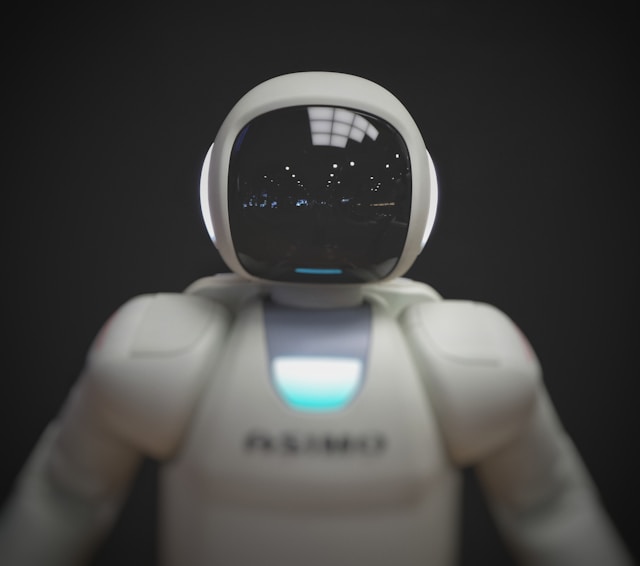Remember the last time your antivirus software actually caught something dangerous? If it was recently, you can probably thank artificial intelligence. The cat-and-mouse game between cybercriminals and security tools has entered a new era—one where machines learn at lightning speed to outsmart even the sneakiest attacks. Let’s break down how AI is changing antivirus software, the hurdles it faces, and what this means for your digital safety.

From “Virus Bouncers” to AI Detectives: The Evolution of Antivirus Tech
Old-school antivirus tools worked like nightclub bouncers checking IDs: they only recognized threats they’d seen before. But today’s hackers are master shape-shifters, creating 5.5 million new malware variants daily .
Enter AI and machine learning—the Sherlock Holmes of cybersecurity. These tools don’t just match blacklisted “fingerprints.” They:
- Spot shady behavior (like a “PDF reader” suddenly encrypting files)
- Predict never-before-seen attacks using patterns in historical data
- Self-improve with every new threat they encounter
5 Ways AI is Outsmarting Hackers Right Now
1. Behavioral Analysis: The BS Detector
Watches programs in real-time for red flags (e.g., “Why is this app suddenly accessing 100 files?”)
Result: Catches 99% of zero-day attacks that slip past traditional tools
2. Predictive Threat Hunting
Analyzes billions of malware samples to guess hackers’ next moves
Example: Spotted the 2023 “Phantom Ransomware” variant 48 hours before it hit
3. Anomaly Detection: Your System’s Bodyguard
Learns what “normal” looks like for your device
Flags anything odd, like a printer driver trying to connect to Russia
4. Automated Cleanup Crew
Instantly quarantines threats + rolls back damage (no waiting for IT)
5. 24/7 Threat Intelligence
Shares attack patterns globally—if one company gets hit, all others get protected
The Not-So-Perfect Side of AI Antivirus
1. The “Cry Wolf” Problem
AI sometimes blocks legit apps (I once couldn’t open a tax document because the scanner panicked over Excel).
2. Privacy Trade-Offs
To learn, these systems need data—lots of it. Your files might get scanned to improve protection.
3. Cost Shock
Enterprise AI security costs 30% more than old-school tools . Why?
- Training AI models requires massive computing power
- Constant updates to counter new hacking tricks
4. Hackers Fight Back
Cybercriminals now use AI too, creating malware that:
- Mimics normal behavior to avoid detection
- Tests attacks against AI defenses in simulated environments
What This Means for You
For Home Users:
- Look for antivirus with “behavioral analysis” and “machine learning” labels
- Expect fewer false alarms (good AI knows the difference between Photoshop and a virus)
- Prepare for pricier subscriptions—advanced protection isn’t cheap
For Businesses:
- Budget for 150/user/year for enterprise-grade AI security
- Train staff to interpret AI alerts (or risk blocking critical apps)
- Combine AI with human experts—machines miss context a pro would catch

The Bottom Line
AI isn’t just changing antivirus software—it’s preventing breaches that could cripple businesses overnight. While not perfect (and sometimes overzealous), these smart systems are our best defense against $10.5 trillion in annual cybercrime damages .
The future? Think self-healing systems that patch vulnerabilities automatically. But until then, AI antivirus tools are the digital equivalent of a guard dog that never sleeps. Just maybe don’t let it near your Excel spreadsheets.

